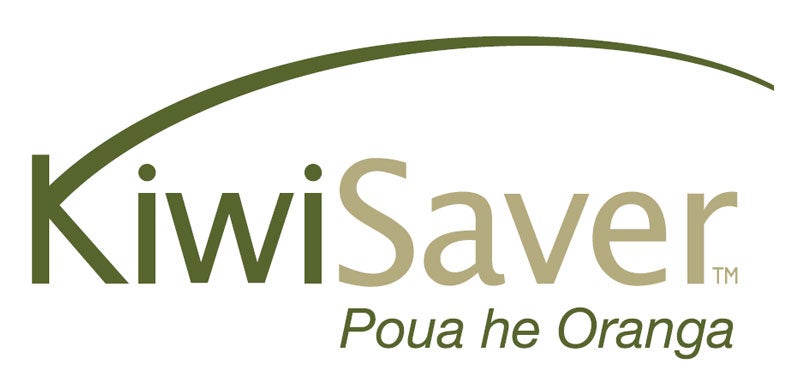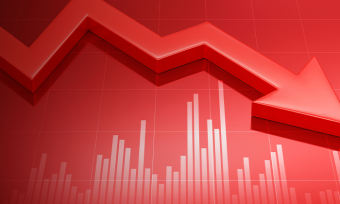It’s been just over a year since the government revised the KiwiSaver default schemes. In addition to changing default schemes from conservative to balanced funds, the number of default providers was reduced from nine to just six.
The six providers were chosen, in part, for the value for money they offer their members, in terms of low fees and higher levels of customer service. But which provider has delivered the best returns to its members over the past 12 months? Canstar reveals the top default KiwiSaver funds.
What is a default KiwiSaver scheme?
KiwiSaver is designed to encourage New Zealanders to save for a comfortable retirement or to purchase a first home. It’s an opt-out scheme, which means if you’re not already a member and you start a new job, Inland Revenue will automatically enroll you into a balanced fund from one of six default scheme providers:
Once enrolled, you choose to contribute 3%, 4%, 6%, 8% or 10% of your before-tax salary toward your KiwiSaver scheme. In addition, your employer must contribute a minimum of 3% of your salary to KiwiSaver.
If you’re 18 or older, the government will also make an annual contribution to your fund. The government pays 50c for every dollar of your personal annual KiwiSaver contributions – up to a maximum of $521.43 each year.
This means, if you contribute at least $1042.86 a year, you are eligible for the maximum credit.

Which default KiwiSaver scheme earns the best results?
As you can see from our list of default fund providers, none made a killing over the past 12 months. In fact, they all delivered negative returns. Booster performed the best: -3.78%, while Kiwi Wealth posted the worst result -5.95%. However, this is pretty indicative of the performance of many KiwiSaver funds over 2022.
When judging KiwiSaver accounts, it’s always best to look at long-term returns. That’s why Canstar’s KiwiSaver Awards are based on a fund’s performance over five years…
…And, if you’re in a default fund and are researching its performance, have you asked yourself whether you should remain in a default scheme?
BNZ Default Fund
Fees/charges: 0.35% p.a. management fee
1-year return: -4.42%
Returns after deducting Management Fees but before tax; performance for 12 months to February 28, 2023.
Booster Default Saver
Fees/charges: 0.35% p.a. management fee
1-year return: -3.78%
Returns after deducting Management Fees but before tax; performance for 12 months to February 28, 2023.
BT Funds (Westpac) Default Balanced Fund
Fees/charges: 0.4% p.a. management fee
1-year return: -4.57%
Returns after deducting Management Fees but before tax; performance for 12 months to January 31, 2023.
Kiwi Wealth Default Fund
Fees/charges: 0.37% p.a.
1-year return: -5.95%
Returns after deducting Management Fees but before tax; performance for 12 months to February 28, 2023.
Simplicity Default Fund
Fees/charges: 0.3% p.a. management fee
1-year return: -5.10%
Returns after deducting Management Fees but before tax; performance for 12 months to February 28, 2023.
Superlife
Fees/charges: 0.2% p.a. management fee
1-year return: -4.84%
Returns after deducting Management Fees after tax at the highest prescribed investor rate (PIR) of tax for an individual NZ resident; performance for 12 months to January 31, 2023.
NB: None of the funds listed above are yet to complete a full disclosure year, which will be at the end of the 12-month period to March 31, 2023.
Should I remain in a default scheme?
Ideally, no. KiwiSaver is there to help you plan a comfortable future. And it’s up to you to make active decisions about your provider, scheme and contributions. If you stay in a default fund, you could be missing out on the potential for higher returns in a fund that’s invested in more growth assets.
Some of the things to consider when choosing a fund type and provider are:
- What are you saving for: your retirement or a first home
- The fund and risk level you’re happy with: lower returns with less risk, or possible higher returns and more risk
- Whether you want to invest your KiwiSaver ethically
- Fees charged vs rates of returns. Generally, you can expect to pay more in fees for funds containing a greater proportion of growth assets. This is because the rate of return is expected to be higher. Also, many are actively managed, rather than passively, following an index. For more on the differences between active and passive funds, check out our story: Active Investing vs Passive: What it Means for your KiwiSaver.
→ Related article: KiwiSaver: Which Fund Type Is Right For Me?
Compare KiwiSaver Providers with Canstar
If you’re looking for the best KiwiSaver, don’t just focus on fees and charges. Do your research, compare providers and look for the provider that best matches your appetite for risk and your long-term goals.
For example, the comparison table below displays some of the products currently available on Canstar’s database for a KiwiSaver member with a balance of $50,000 in an Aggressive fund, sorted by Star Rating (highest to lowest), followed by company name (alphabetical) – some products may have links to providers’ websites. Use Canstar’s KiwiSaver comparison selector to view a wider range of super funds. Canstar may earn a fee for referrals.
If you want to read more about our latest KiwiSaver Awards, click on the button below.
Compare KiwiSaver providers for free with Canstar!
About the author of this page

This report was written by Canstar’s Editor, Bruce Pitchers. Bruce has three decades’ experience as a journalist and has worked for major media companies in the UK and Australasia, including ACP, Bauer Media Group, Fairfax, Pacific Magazines, News Corp and TVNZ. Prior to Canstar, he worked as a freelancer, including for The Australian Financial Review, the NZ Financial Markets Authority, and for real estate companies on both sides of the Tasman.
Enjoy reading this article?
You can like us on Facebook and get social, or sign up to receive more news like this straight to your inbox.
By subscribing you agree to the Canstar Privacy Policy




Share this article